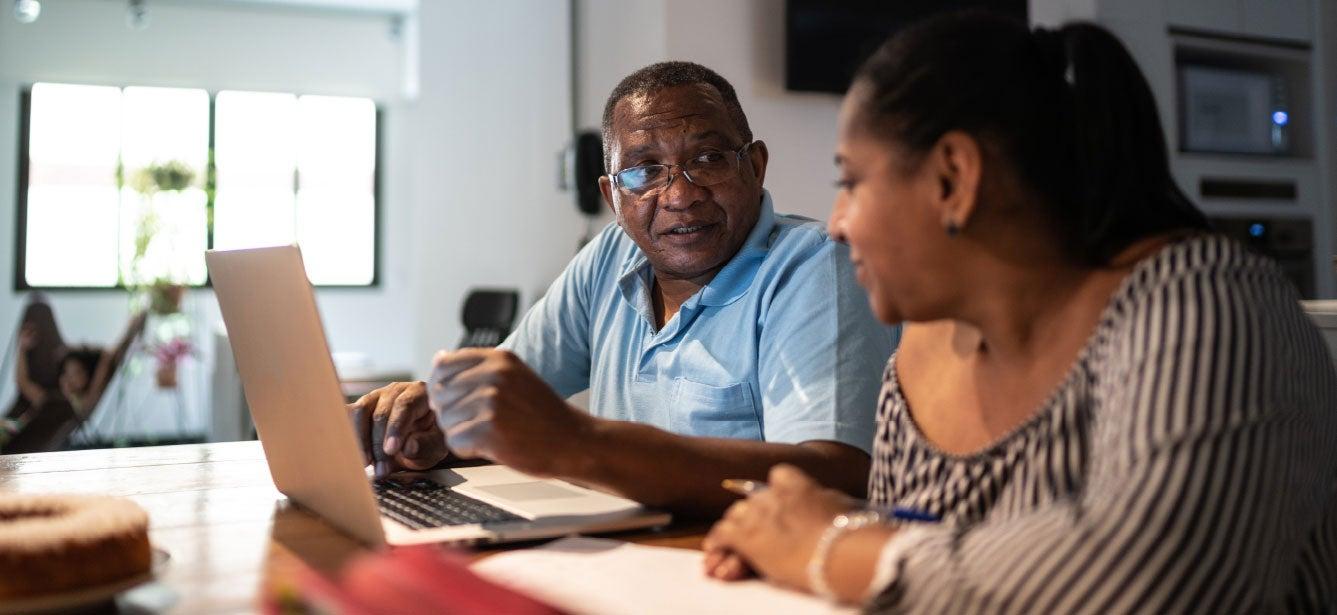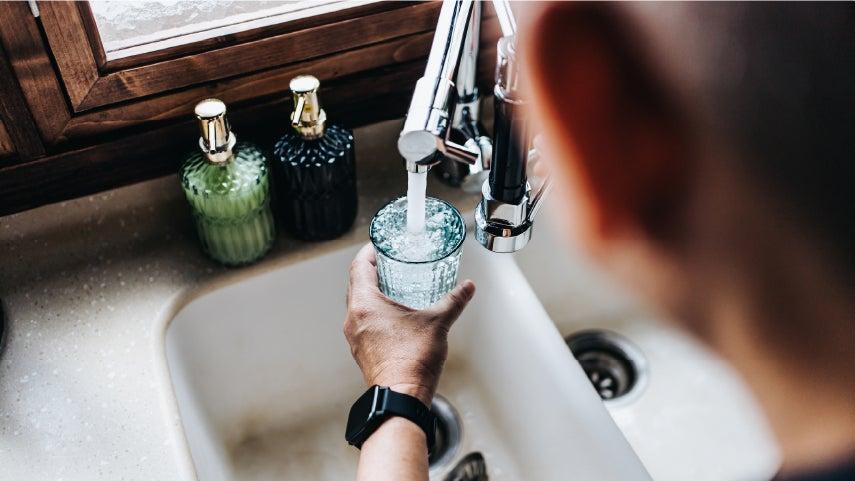
Related Topics
Most older adults want to remain living at home as long as they can, but what happens when the cost of maintaining that home becomes difficult? Fortunately for families struggling to make ends meet, there are several benefits programs that can help.
Keep reading for information on the types of programs available, and where to get more information to find out if you’re eligible and where to apply.
How to keep up with home repair and modification
Keeping up with home maintenance can become more difficult with age, but not doing so poses health hazards. Forgoing needed home repairs may increase the risk of accidents or falls, while poor indoor air quality can exacerbate respiratory and other diseases.
Some of the benefits programs that help pay for home repair and mitigate these effects include the following:
- The U.S. Department of Agriculture (USDA) Rural Development Program offers one-time grants of up to $10,000 and, separately, low-interest (1%) loans of up to $40,000 for eligible homeowners to repair, improve, or modernize their homes or remove health and safety hazards.1
- The U.S. Department of Energy (DOE) Weatherization Assistance Program helps eligible families receive free home energy repairs and services. You may get help with insulation of doors, windows, floors, walls, ducts, and water heaters, as well as help modifying your furnace and other heating devices to help them work better.
Are there benefits that can help with household utilities?
The costs of heating and cooling your home can fluctuate from season to season, making it unpredictable for older adults on a budget to keep pace.
The Low-Income Home Energy Assistance Program (LIHEAP) is a federal program that helps eligible households pay for heating or cooling their homes. In many states, LIHEAP participants can use the funds to make low-cost home energy improvements or to prevent utility shut-offs.
More than half of states and Washington, DC also offer ratepayer-funded utility assistance, which use charges from commercial, industrial, and residential consumers to give bill payment assistance or energy efficiency services to eligible households.
How can older adults get help paying for home communication tools?
Being connected to family, friends, and neighbors is critical to reducing social isolation. Several benefits programs offer seniors on fixed incomes the opportunity to obtain free or low-cost telephone, internet, and assistive technology. For example:
- The federal Lifeline Assistance program offers discounted phone service through local telephone companies. Two Lifeline-supported programs include Assurance Wireless® and SafeLink Wireless®, both of which offer free cell phones and minutes, access to emergency services, and a choice of cell phone plans if you meet the program guidelines.
- iCanConnect provides people with vision and hearing loss with free assistive technology (and training in how to use the equipment) that can help with daily life activities, such as communicating and reading.
An online tool that can help older adults find housing and utility benefits
All of the programs mentioned above are included in BenefitsCheckUp®, NCOA's free, comprehensive online tool that provides information about thousands of benefits that can help older adults pay for housing and utilities, health care, food, prescriptions, and more. Answer just a few questions to get a personalized report of what benefits may be available in your area.
Our network of Benefits Enrollment Centers (BECs) also provide one-on-one assistance in applying for a wide range of benefits programs. See if one is available in your area.
Sources
1. USDA Rural Development. Single Family Housing Repair Loans & Grants. Found on the Internet at https://www.rd.usda.gov/programs-services/single-family-housing-programs/single-family-housing-repair-loans-grants



